The aboriginal Pomo territory was about 50 miles north of present-day San Francisco. Pomo territory included the Pacific Coast and extended some distance inland as far as Clear Lake. Like other California tribes, they lived in small villages. There was no single Pomo tribe, rather, the designation “Pomo” groups together about 72 independent tribes. Some of these tribes had only 125 or so members, while others had more than 500.
California Indian baskets are often considered the best in North America, and Pomo baskets are generally considered to be the best of the California baskets. In his book Encyclopedia of Native American Tribes, Carl Waldman reports:
“The Pomos created their beautiful baskets for functional purposes, but collectors now value them as works of fine art. In some Pomo baskets, the weaving is so tight that a microscope is needed to count the stitches.”
The Riverside Metropolitan Museum in Riverside, California, has a small collection of Pomo baskets on display. According to the display:
“The Pomo tribe of northwestern California is famous for their basketry. Many weavers use feathers to adorn their work. These baskets feature yellow meadowlark feathers, green duck feathers, and red woodpecker feathers.”
Regarding the use of feathers and shell in some Pomo baskets, Theodore Brasser, in his book Native American Clothing: An Illustrated History, writes:
“It was the colors of these feathers and shells that symbolism was recognized: red for courage, yellow for love and happiness, green for discretion, black for beauty, and the white shell for generosity.”
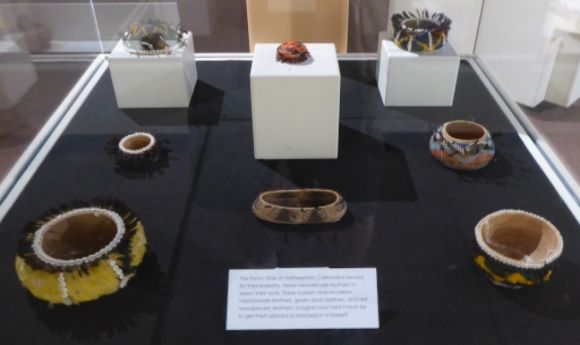
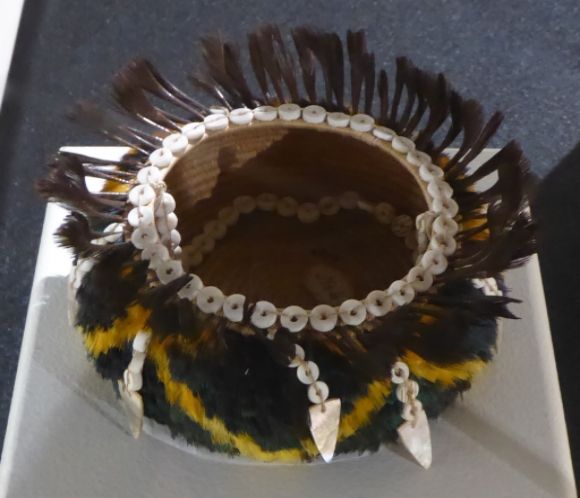
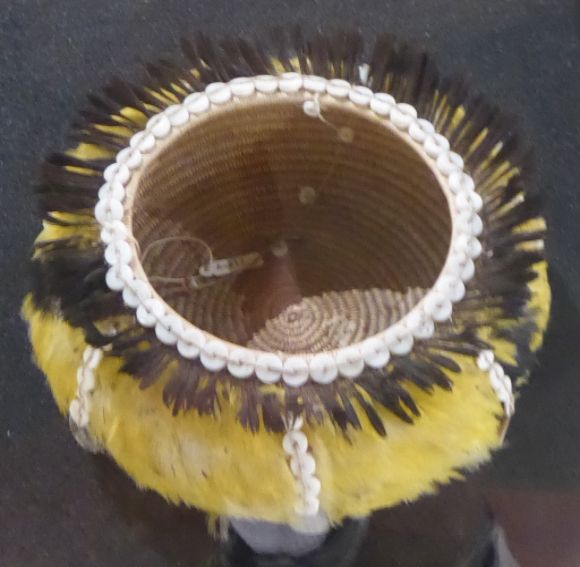
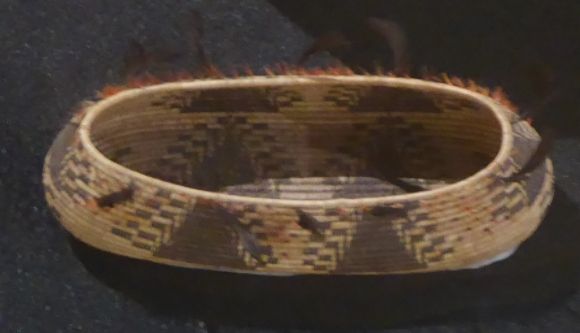
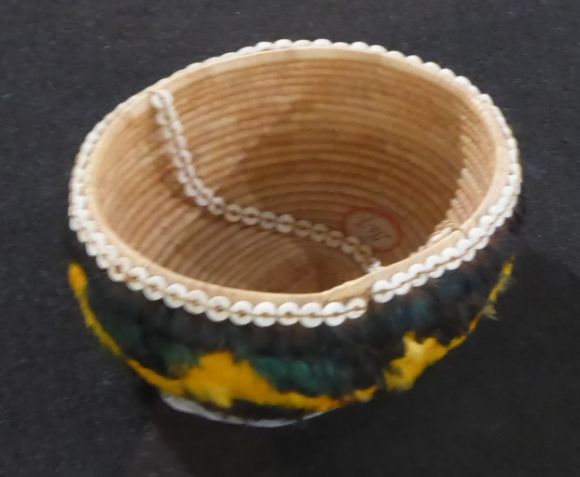
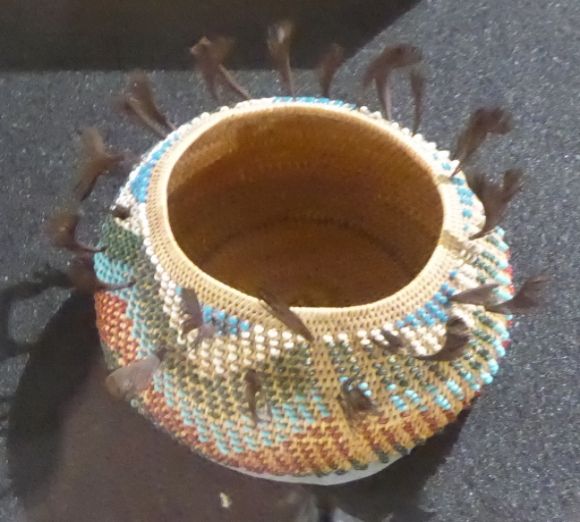
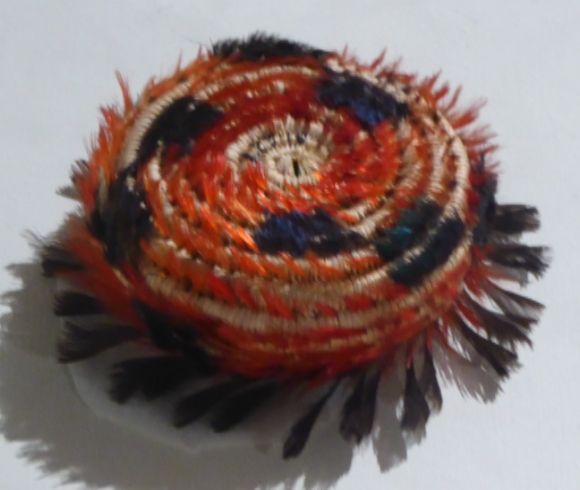
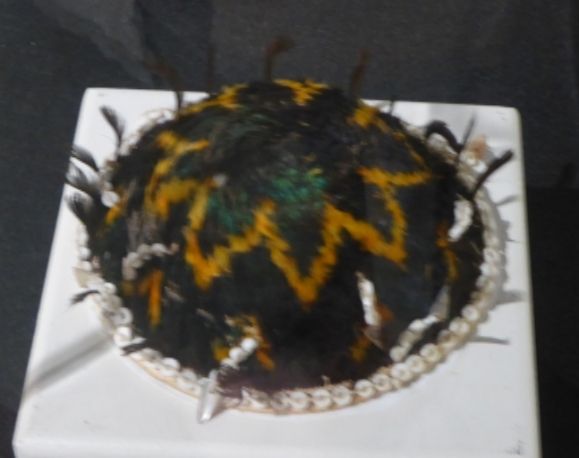
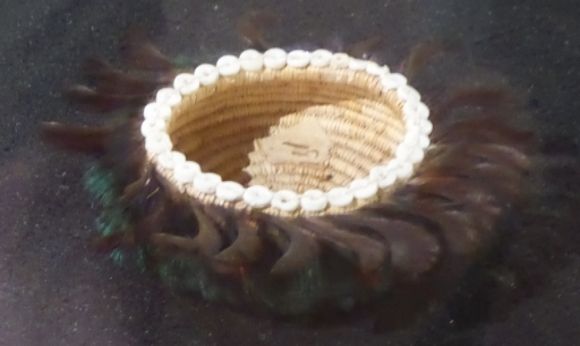
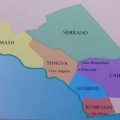

Leave a Reply